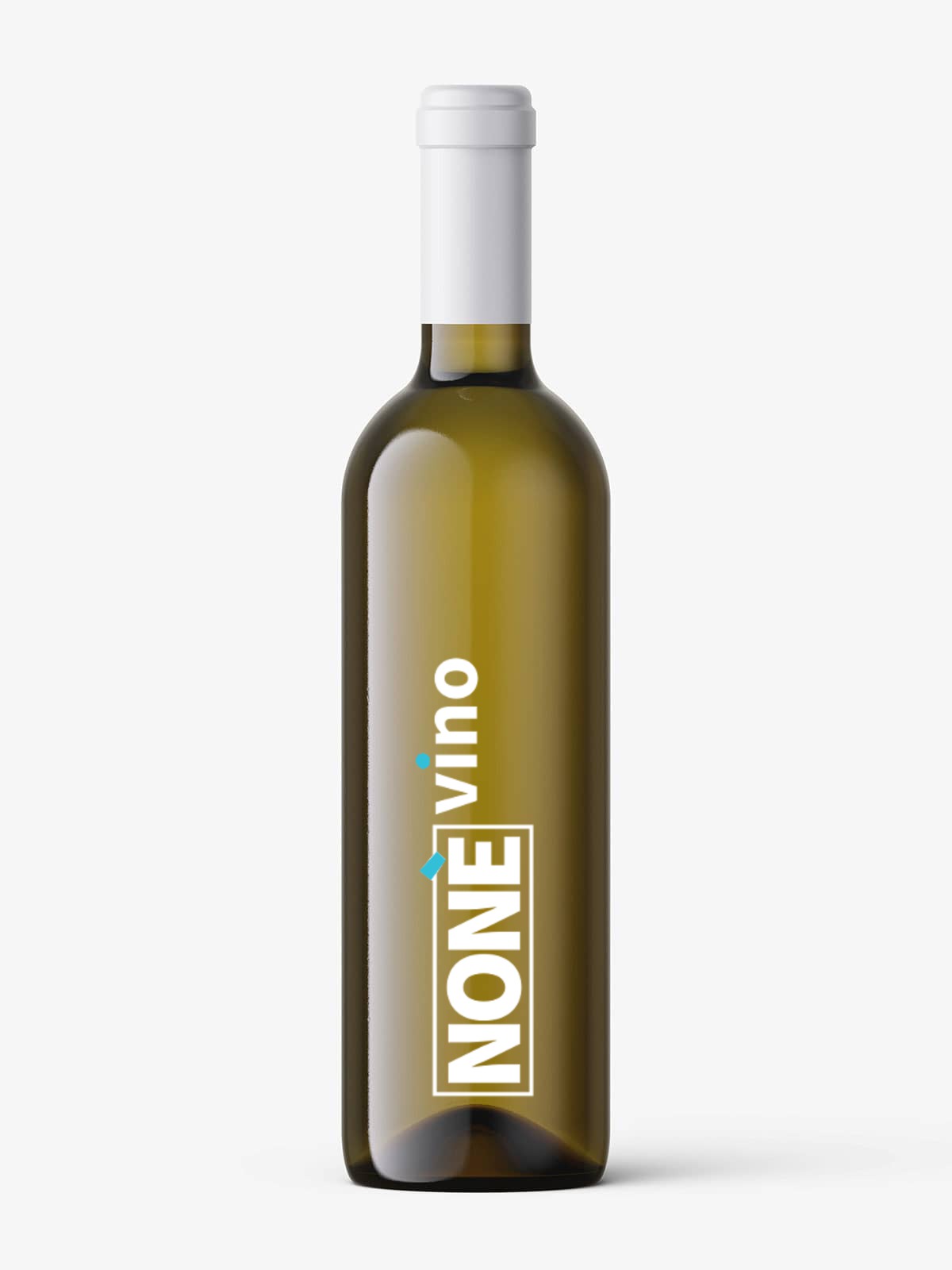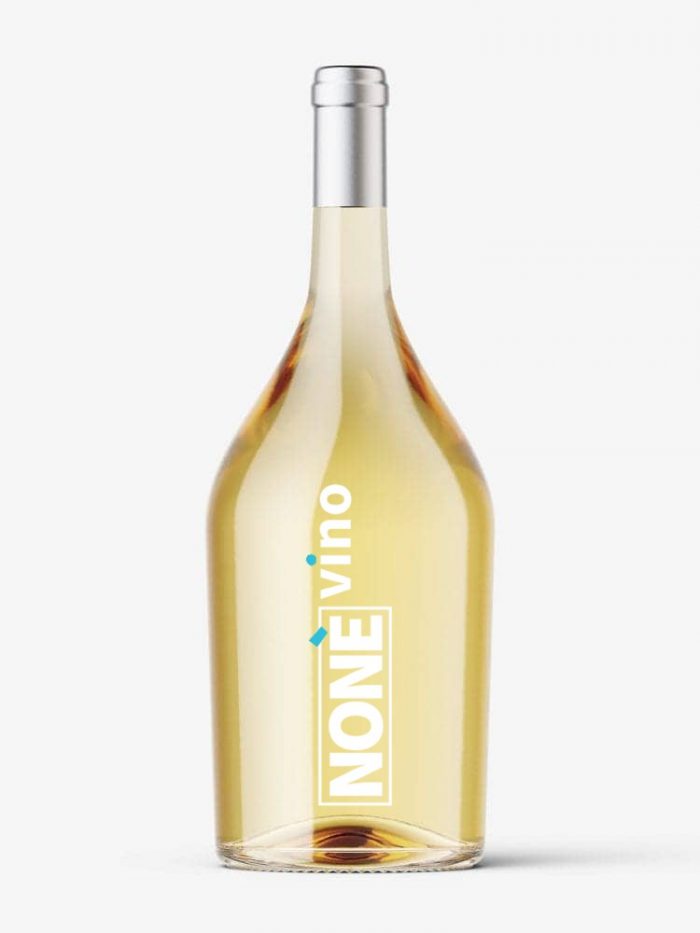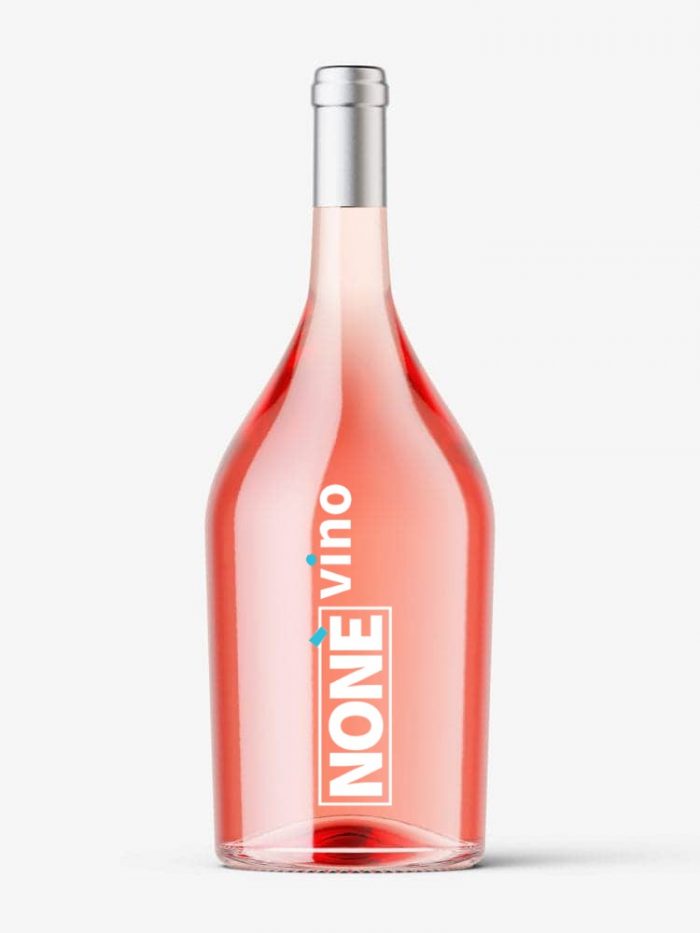The geographical area dedicated to the production of DOC Orvieto wine extends along the hilly strip south-west of Umbria up to upper Lazio, in an area that is adequately ventilated, bright and favorable to the fulfillment of all the vegetative-productive functions of the vineyards .
The Production Area of the Orvieto DOC Wine is located in:
– province of Viterbo and includes the territory of the municipalities of Castiglione in Teverina, Civitella D’Agliano, Graffignano, Lubriano and Bagnoregio.
– province of Terni and includes the territory of the municipalities of Orvieto, Allerona, Alviano, Baschi, Castel Giorgio, Castel Viscardo, Ficulle, Guardea, Montecchio, Fabro, Montegabbione, Monteleone d’Orvieto and Porano.
– The Orvieto Classico sub-area includes the historic area around the Rupe, restricted to the Valle del Paglia, near the city of Orvieto.
During the vinification phases, only loyal and constant oenological practices of the area are allowed, suitable to give the wines their particular quality characteristics.
The winemaking practices of the Orvieto DOC wine include , among other things, that:
– The maximum yield of grapes into DOC Orvieto wine must not exceed 70%, 65% for the types of Late Harvest Wine and 60% for the types of Muffa Nobile wine; if these parameters are exceeded within the limit of 5%, the excess will not be entitled to the DOC. Beyond these limits the right to DOC for the whole product lapses.
– On the labels of each type of DOC Orvieto wine it is mandatory to report the year of production of the grapes, as well as the wording ” Classico ” for the types of Orvieto wine relating to this denomination.
In Orvieto everything smells of grapes and wine because the cultivation of vines has always characterized the landscape and the economy: well-kept vineyards are arranged around the cliff in a harmonious design where the parallel lines of the rows intersect with the undulating ones of the hills .
For the city, therefore, wine is an important resource, a distinctive peculiarity that has continued uninterruptedly over the centuries, as evidenced by archeology, art, history, craftsmanship and literature, so much so that the production of Quality Orvieto has been appreciated and celebrated over time by poets, popes, artists and travelers.
The fundamental role of wine in the daily life and cultural rites of Orvieto is attested in the important paintings of the Etruscan tombs of the area (second half of the 4th century BC) and in the rich variety of Etruscan and Greek ceramics destined for conservation, tasting of the famous drink. The frescoes of the Golini I tomb, preserved at the National Archaeological Museum of Orvieto, reproduce the preparatory phases of the Etruscan banquet where the slaughter of the meat and the careful arrangement of the drinks in the containers and of the food on the tables by the servants – among the fruit a bunch of grapes is also easily identified – alongside the actual banquet.
In 264 BC the city of Orvieto was completely razed to the ground by the Romans (the last 11 Etruscan city they conquered) and everyone was forbidden to go up again on the tuff rock that had cost Rome so many battles. The destructive craving of Rome was so exasperated, since nothing was to remind us of the superb city which for centuries had embodied Etruscan power and grandeur. It was renamed by the Romans with the name of Vol-Tinii (the city of the followers of the defeated God Voltumnus) which then evolved in Volsinii.
Hundreds of years passed before the Roman civilization allowed the creation of a new inhabited settlement on the cliff.
In fact, it was only later identified as Urbs-Vetus (old city) and it seems because Rome sent its veterans there to rest. From this name came Orbiveto, Orbeto and finally the current Orvieto.
During the Roman denomination it experienced a period of strong oblivion due to the fact that it was isolated on the high cliff and decentralized with respect to the major river communication routes (river port of Pagliano erected for ordinary deliveries to imperial Rome first, and to the Curia Roman in subsequent Christian periods) and terrestrial (via Cassia and via Traiana Nova) thus not participating in the intensive economic life of the centers of the valley bottom.
The rebirth of Orvieto was linked to the moment of the disintegration of the Empire, because with the changed political and security conditions the city, together with the other high-altitude centers, once again acquired a decisive role throughout the territory, in the sense that the repeated and subsequent waves of barbarian invasions (Visigoths, Goths and Lombards) forced the populations to take refuge on the hills and erect a system of complex fortifications.
Thus, between the 5th and 6th centuries AD, the inhabitants of Volsinii novi (now Bolsena) returned to live in their old settlement from which they had been driven out in Roman times.
The presence of the high cliff was a sufficient guarantee to defend the city and to give birth to all that set of villages and castles that still outline the map of the territory and which have formed the original nucleus of the current Orvieto centers.
With the spread of Christianity, the birth of the Municipalities and their subsequent subjection to the Papal State, no major events occurred except a great whirlwind of internal struggles and troubled political wars between the various families of local nobles, all under legitimate direction. of the church. In fact, if on the one hand the
Papacy put the area in a condition of long oblivion, which has become a holiday destination for many popes and cardinals, it is also true that the Popes contributed significantly to the fame and appreciation of the wines of Orvieto. In particular in the Middle Ages and in the Renaissance it was one of the favorite wines of the Pontifical court, finding among the numerous uncontrolled admirers also Pope Paul III Farnese and Pope Gregory XVI.
Until the end of the eighteenth century no significant events took place, only later did the echoes of the French revolution cause a certain cultural awakening which materialized in 1860 with the admission of Orvieto to the Kingdom of Italy, from here then we arrive at the present day.
The Orvieto wine, which from its origins was also full-bodied black, was produced everywhere, large and flourishing vineyards were located on the same cliff, in gardens of religious cohabitation of the nobles and numerous gardeners, direct growers in the city since the beginning of the free municipality. So much so that the area of Piazza Cahen up to beyond the church of the Servi di Maria was called the “Vigna Grande” and behind the Cathedral there was a large area planted with vines.
It should be emphasized that long before the rows, the vine was cultivated in tree-lined practice spread throughout Etruria, which consisted in cultivating the vine married to live support trees, such as elms, olive trees and oaks.
The DOC Orvieto wine obtained the recognition of the Controlled Designation of Origin on 7 August 1971.







